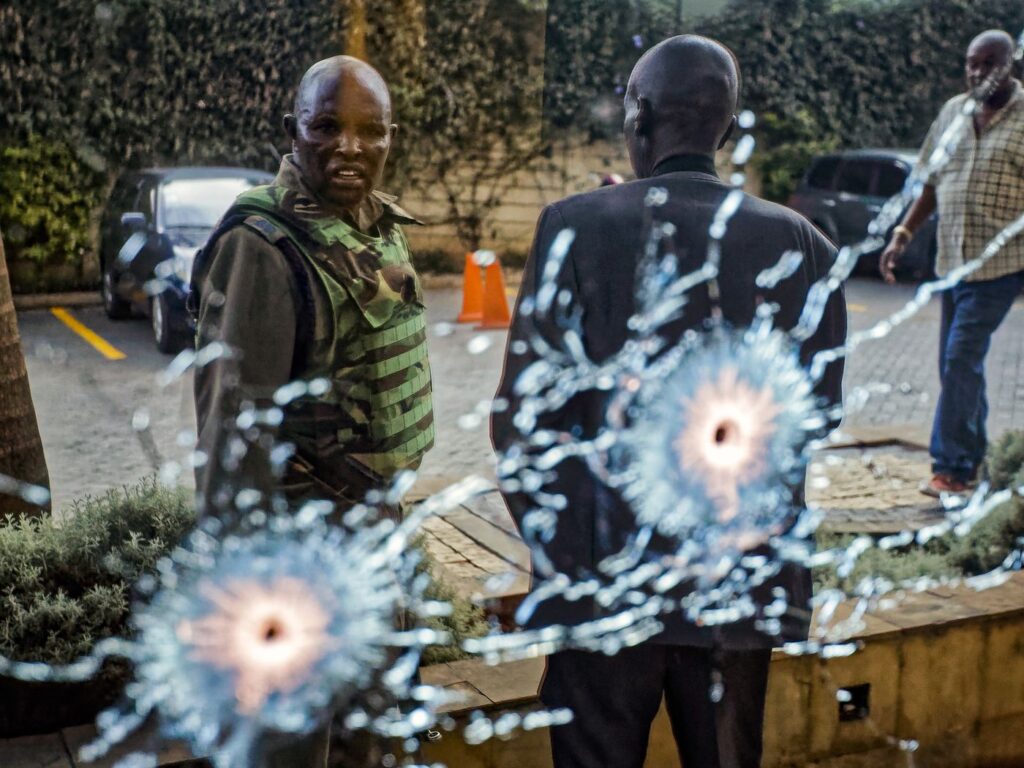
Kenyan authorities stated on Thursday that they have reflected on their past errors as the country marked the 10th anniversary of a violent siege at a high-end shopping center in Nairobi.
A total of 67 individuals lost their lives, with over 200 others sustaining injuries when militants affiliated with Somalia’s Al-Shabaab terror organization attacked Nairobi’s Westgate Mall and indiscriminately fired bullets and threw grenades.
The terror attack marked one of the deadliest events in a series of assaults within Kenya. In response to the ongoing threat, Kenya deployed its troops to Somalia in 2011, collaborating with international efforts to combat the Al-Qaeda-affiliated group.
Kenyan security forces faced criticism for their response to the Westgate tragedy, as reports emerged of initial chaos and confusion in their efforts, along with allegations of soldiers engaging in looting of shops while combatting the Islamist militants.
In a statement issued to commemorate the anniversary, the Directorate of Criminal Investigations characterised the attack as a “coordinated slaughter,” revealing that investigators had subsequently uncovered evidence indicating it had been meticulously planned over several months.
“Based on our response following the attack, the Directorate of Criminal Investigations learnt from its mistakes and has since then put in place mitigating measures to ensure that such an attack does not occur,” the DCI said on X, formerly known as Twitter.
For instance, the statement highlighted that lax procedures had allowed Al-Shabaab militants to communicate with their contacts in Kenya without detection.
High surveillance
The siege commenced at approximately noon on September 21, 2013, at a time when the mall was bustling with shoppers. The government officially declared its conclusion a staggering 80 hours later.
Al-Shabaab said the attack was in retaliation for Nairobi’s military intervention in Somalia and has continued to carry out cross-border assaults.
Two years following the Westgate incident, Al-Shabaab militants launched an attack on Garissa University in eastern Kenya, resulting in the tragic loss of 148 lives, the majority of whom were students.
This incident became the second deadliest attack in Kenya’s history, surpassed only by the Al-Qaeda’s 1998 bombing of the US embassy in Nairobi, which claimed the lives of 213 individuals.
In 2019, gunmen affiliated with Al-Shabaab carried out an attack at the upscale Dusit hotel complex in Nairobi, resulting in the tragic deaths of 21 individuals.
In the present year, there has been a series of sporadic and occasionally fatal attacks targeting civilians and security forces in areas of Kenya adjacent to Somalia as the government in Mogadishu undertakes a military campaign against Al-Shabaab within its own territory.
A high-ranking official from Kenya’s interior ministry, however, reported that there has been notable progress in endeavours to prevent such attacks.
“Our end goal is to sustain the highest level of surveillance along our borders and covert/overt security operations across the country, and neutralise the enemy before he strikes,” Raymond Omollo said in a statement.
“This approach has yielded tremendous results in terms of the number of foiled terror attacks targeted at us.”
In October 2020, two individuals who were convicted of conspiring with the Westgate attackers received sentences of 33 years and 18 years, respectively.
The government stated that the four gunmen who executed the attack were discovered deceased within the debris of the mall.
In the meantime, the United States has declared a reward of up to $5 million for any information leading to the whereabouts of Abdullahi Osman Mohamed, who is described as the senior explosives expert affiliated with Al-Shabaab.
Engineer Ismail, also recognized by this alias, serves as the leader of the group’s media division, Al-Kataib, and holds the role of a special adviser to Al-Shabaab’s leader, Ahmed Diriye, according to the U.S. State Department.
